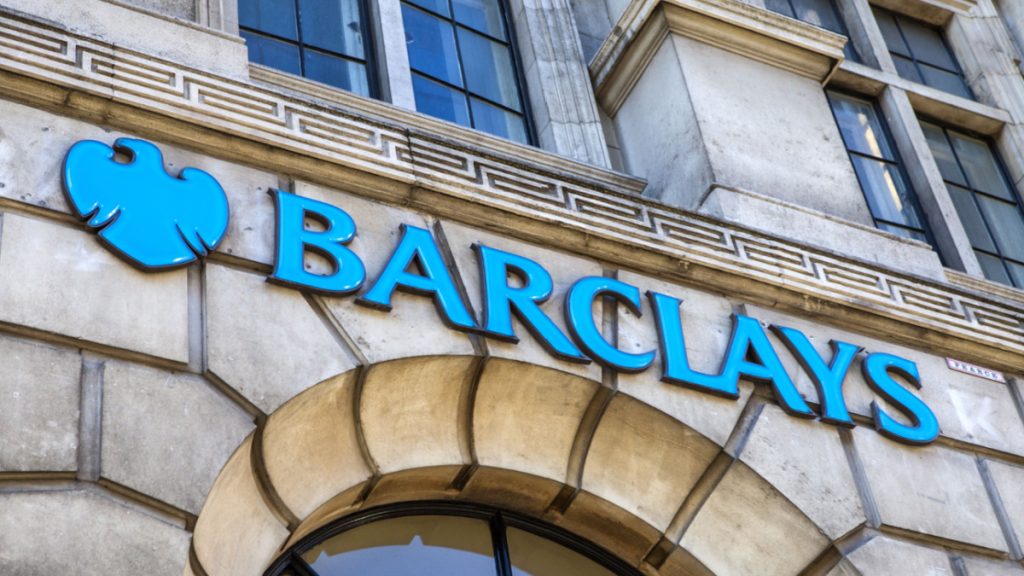Barclays has launched a monthly bulletin disclosing the total value and volume of scam claims, with the inaugural report covering March to April revealing a decline in fraudulent activity.
The launch of the Scam Bulletin comes amid growing concerns about the risk of fraud and scam activity across UK banking and finance sectors. Various stakeholders, Barclays included, have wanted increasing rates of scams.
In a statement last month, the bank cited social media as the most common platform for online scam and fraud attempts. According to the bank’s research, 61% of investment scams are taking place on social media platforms.
Kirsty Adams, Fraud & Scams Expert at Barclays, said: “Social media platforms are the number one source of scams, however, our data shows that scammers are frequently targeting victims via text message too.
“There’s a risk people will assume that because someone has their number, they’re getting in touch with a genuine request.
“Family and friend impersonation scams, where a scammer pretends to be someone you know in order to get you to transfer money at a moment in need, have become worryingly commonplace.
“Scammers also use mobiles to target victims with investment and advance fee scams – where those targeted are duped into paying an upfront fee and for a service or product that doesn’t arrive.”

Barclay’s first Bulletin shows that the total value and volume of scams fell by 15.7% and 7.1% respectively between January-February and March-April 2024.
The bank has highlighted three different types of scam activity – invoice and mandate scams, Smishing scams on text and messaging apps and police and bank impersonation scams.
Although noting that scam value and volume has fallen, Barclays highlighted that Invoice and mandate scams rose 6.9% during March and April, with an increase in value of 24.6% and a doubling in the amount of claims made against those aged 61-70, with the average value among this group standing at £12,000.
Scams taking place via text or messaging apps accounted for 8.2% of all claims, a slight decline of 8.5% during the two prior months. The average claim was £2,100, less than a quarter of the £8,500 average for all scam types. Barclays believes this indicates that ‘smishing’ scams, as SMS text message scams are referred to, are used for lower value attempts.
Lastly, police and bank impersonation scams fell by 32.9% with the total value dropping by 54.3% over this period. People over the age of 70 made up 32.7% of these scams, with 31-40 being the only age group where the number of scam claims increased.
This data comes in the context of forthcoming regulations around fraud reimbursement, set to be introduced by the Payments Systems Regulator (PSR) on 7 October. Payments firms will be required to fully reimburse victims of fraud, with reimbursement split 50/50 between the paying and receiving firm.
However, the UK banking sector has been pushing back against these rules. The Payments Association (TPA) has previously explained to Payment Expert its view that regulators should consider the role social media plays in scam activity.
Barclays is not the only firm to have highlighted social media as a common platform for scams. Revolut has labelled Meta a hotbed for scam activity, whilst TSB’s research found that 34% of Facebook Marketplace ads were scam posts.
“We’re warning everyone to stay alert and do their due diligence before communicating with any new number,” Adams concluded.
“If you believe you’re in contact with someone you trust, give them a call. And if you receive an unsolicited message requesting money, that should set alarm bells ringing.”























